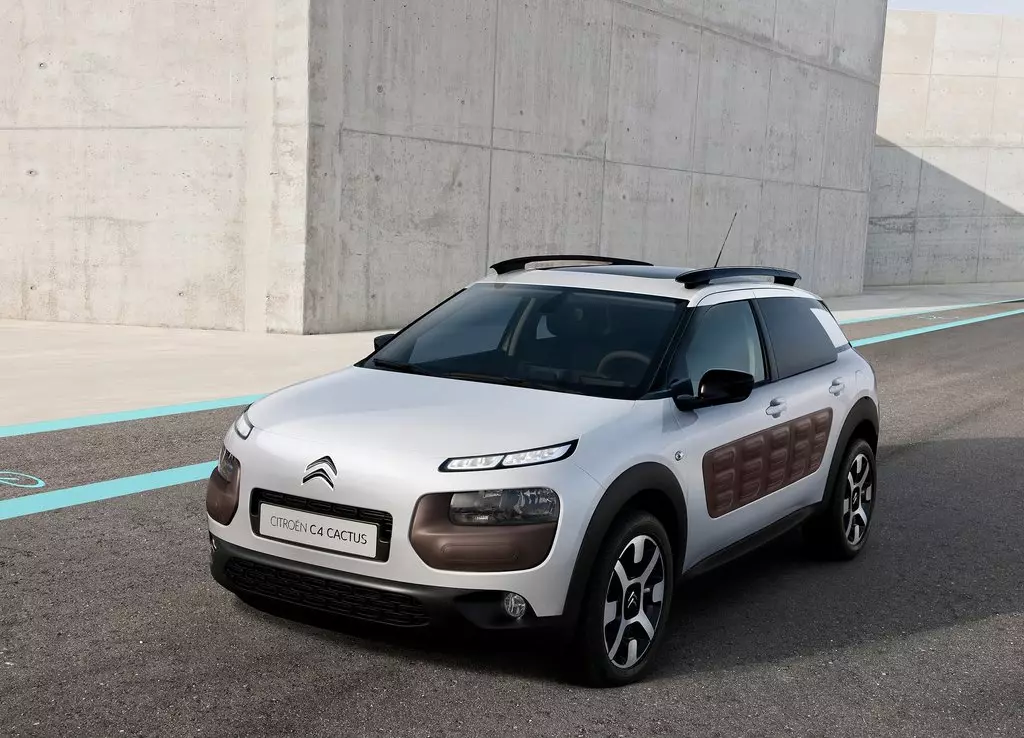The Citroen C4 Cactus is the most illustrative step in the historic meeting between values of creativity and originality that have always guided the brand. It will be made known to the public at the Geneva show.
Citroen reinvents itself following two antagonistic paths – after a prolonged embrace of the conventional. The French brand now wants to build bridges between the austere minimalism of the historic 2CV, with the unequaled and sophisticated avant-garde of the first DS. All concentrated in this Citroen C4 Cactus, a model much more “out of the bubble” than it appears.
On the one hand, the already considered sub-brand DS, rises towards the premium side of the market. On the other hand, and contrasting the growing and sophisticated complexity of the DS models, the Citroen C range is reinventing itself, in the opposite direction, seeking to simplify the car based on 4 essential pillars: more design, better comfort, useful technology and lower usage costs . And the first "son" of this new philosophy is in the images.
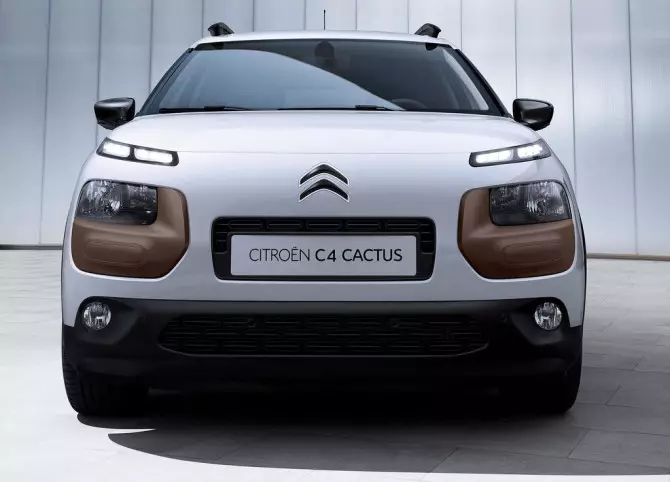
It all started in 2007, with the C-Cactus concept, the first step in this new path and which sought to be the answer to the questions: what are the expectations of drivers in relation to their cars these days; and what features and equipment really interest consumers?
The result was an exercise in simplification and reduction to the essentials. Perfect illustration is the interior, halving the necessary parts when compared to a conventional car, excluding everything that was not essential for the comfort, well-being or safety of the occupants. At the time, the conceptual leap proved to be perhaps too big, too radical for the market, but the permissions for what would be the newly introduced C4 Cactus were there. Confirming now.
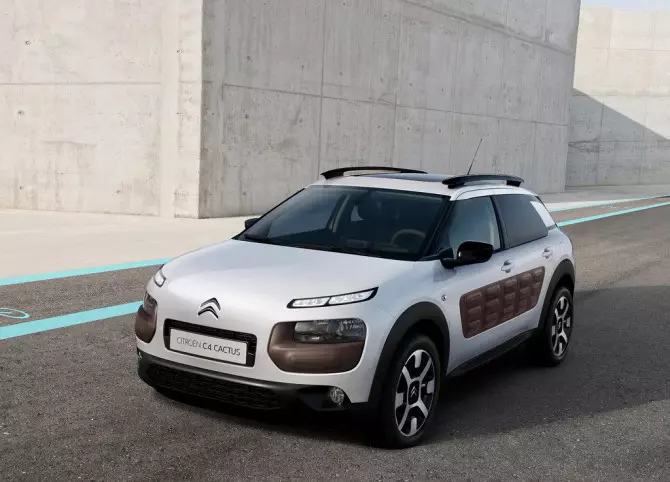
Six long years later (as a result of the economic crisis), the C4 Cactus appeared, as a show-car, proving to be much more mature at a conceptual level, achieving a balance between expectations and market acceptance capacity, apart from bling -bling typical of the salon, accurately predicted the production C4 Cactus that we are now revealing.
The Citroen C4 Cactus presents itself as a compact hatchback (two volumes and five doors), with dimensions halfway between segment B and segment C. It is 4.16 meters long, 1.73 meters wide and, despite evoking the crossover universe /SUV, is only 1.48 meters tall. Smaller than the Citroen C4, but equals it in the wheelbase, ie 2.6 meters.
It may even have C4 in its name, but it uses the PF1 platform, the same one that serves the Peugeot 208 and 2008. And why? To reduce production costs – one of the essential permits behind the C4 Cactus – and at the same time reduce fuel consumption. And, with less weight to carry, logic dictates that less energy will be needed to move it. In the C4 Cactus, weight reduction is a fascinating exercise, because of the decisions it entailed. For example, in the process of simplifying, the PF1 platform was optimized to not handle speeds above 190 km/h.
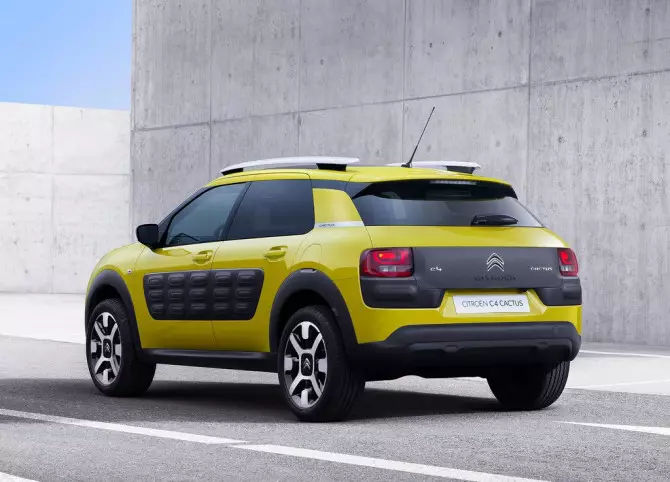
It had several consequences, such as the choice of engines, where the most powerful has only 110 hp and nothing more powerful is expected. As such, by not having to contemplate larger wheels, reinforced braking and suspension systems, among other aspects in its development to deal with more horses, these systems could be resized, resulting in significant weight reductions.
In general, to integrate more powerful versions, most cars come with oversized components, even in access versions, something that doesn't happen in this model. Allowing to reduce costs and reducing the need to produce variants of the same component. As such, being prepared for superior efforts, they also end up being heavier.
Result? The access version charges only 965 kg, 210 kg less than the Citroen C4 1.4, or 170 kg less than the access version of the “brother” Peugeot 2008, of similar dimensions. Composed of high-strength steels and some aluminum supports, the work carried out on the PF1 was complemented by other simplifying and reducing measures. The hood is in aluminium, the rear windows open at the same time (11 kg less) and the rear seat is single (6 kg less). Less than 6 kg were also removed from the panoramic roof, by dispensing with the curtain that would cover it and associated electric motors, using, instead, a roof treatment equivalent to that of category 4 sunglasses lenses (the highest), providing the necessary protection from UV rays.
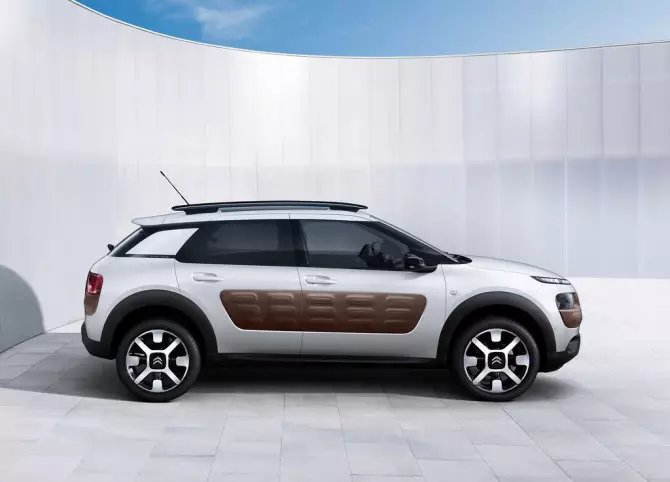
The overall lightness allows for modest numbers of powertrains, containing 2 petrol and 2 diesel engines. In gasoline we find the 3 cylinder 1.2 VTi, with 82 hp, naturally aspirated. The supercharged version of the same engine, and the most powerful in the range, with 110 hp is called 1.2 e-THP. On the diesel side, we find two variants of the well-known 1.6, the e-HDI, with 92 hp and the BlueHDI, with 100 hp. The latter is currently the most economical, announcing 3.1 l/100 km and only 82g of CO2 per 100km. Two transmissions are available, manual and 6-speed ETG (automated manual).
Modest and contained numbers that meet the design philosophy used: simplicity, pure lines and non-aggressive character, in counter-current to what we see in other brands. The “face” of the model continues the motifs introduced on the C4 Picasso, with the placement of the DRL above and separated from the main optics.
Pure, smooth surfaces without disrupting creases characterize the C4 Cactus. The highlight turns out to be the presence of Airbumps, where functionality and aesthetics merge. Basically they are polyurethane protections, containing air pockets, proving to be more effective against small impacts, directly reducing costs in case of repair. They can be chosen in 4 different tones, allowing different combinations with the colors of the bodywork and occupying a large area on the side, being also applied to the bumpers.
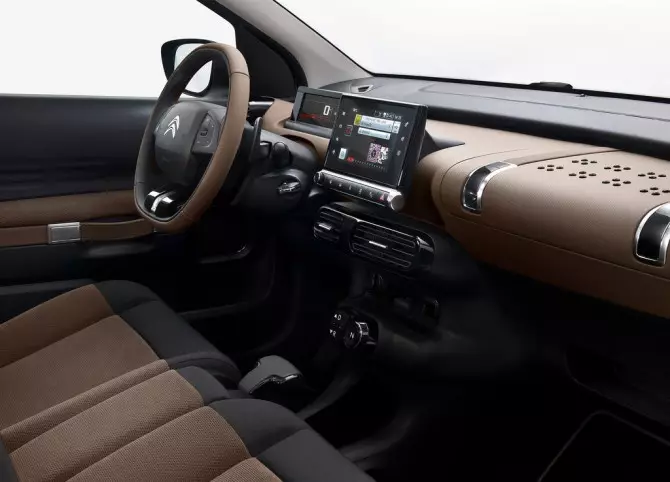
The interior continues the exterior theme. To provide greater comfort, more space was provided and the cabin “cleaned” of everything that was not necessary, ensuring a friendlier and more relaxing environment. The instrument panel and most of the functions are summarized in 2 screens. Consequently, only 12 buttons are present in the cabin. The front seats are wider and seem to be just one, taking inspiration from the comfortable sofa. The cleanliness of the cabin even led to the placement of the front passenger airbag on the roof, allowing for a lower dashboard and more storage space.
The C4 Cactus aims for the more affordable sides of the market, but doesn't shy away from technology and gadgets. It can be equipped with Park Assist (automatic parking in parallel), rear camera and Hill-Start Assist (assistance to start uphill). Another novelty includes the integration of the nozzles to clean the windshield in the windshield wiper itself, allowing for a reduction in fluid consumption by half.
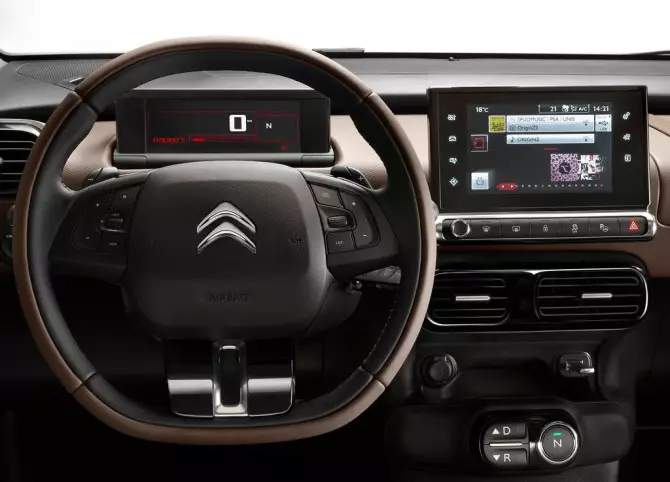
Citroen announces approximately 20% less usage costs when compared to other C-segment models. Everything seems to have been thought out, until the acquisition of the C4 Cactus, with this debuting business models similar to those found with mobile phones, with monthly fees fixed or variable taking into account the kilometers travelled. These services may vary from country to country.
Citroen reveals with the C4 Cactus a strong connection with its story full of originality. With the aim of reducing the pain of buying and maintaining a car, and without entering into a conventional low-cost logic as we found in Dacia, the C4 Cactus is original in its approach and execution. Is the market ready?
